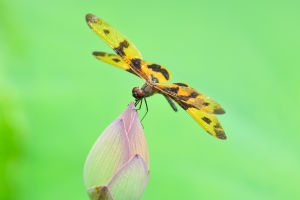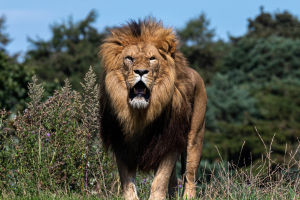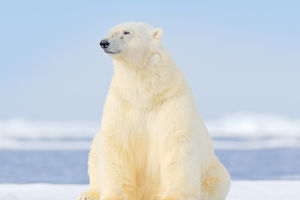Wildlife enthusiasts, let’s talk about a fascinating creature—the rabbit cat (Manul). At first glance, it might look like just another cute and fluffy animal, but don’t be deceived!
This creature has a tough side that helps it survive in the wild. Let's explore the real story behind the rabbit cat.
1. Not as Fat as It Looks
The rabbit cat appears to be a round, chubby animal, but its thick fur creates the illusion of fat. In reality, it only weighs about 4 kilograms and measures 49-55 cm in length, which is lighter than a typical house cat. Its short legs and fluffy coat give the impression of a plump creature, but it is agile and quick, able to jump and maneuver through tough terrains with ease.
2. Surprising Eyes and Face
Unlike other felines with vertical pupils, the rabbit cat has round pupils, similar to humans. This feature is thought to be an adaptation to its daytime lifestyle. Despite its fierce expression, it isn’t as aggressive as it seems. In fact, it is more vulnerable than it lets on and relies on its instincts to survive.
3. Survival Challenges in Harsh Environments
The rabbit cat is found in high-altitude meadows or desert grasslands. These environments are difficult to survive in, with little food and rough terrain. To adapt, it changes its fur color each spring, blending into the surroundings to avoid predators. This camouflage helps protect it from danger.
4. Threats from Predators
The rabbit cat faces many predators, including birds of prey, foxes, and wolves. Its slow speed makes escaping difficult, but its cleverness helps it survive. It hides in its thick fur, waiting for predators to move on, or uses its camouflage to ambush smaller prey.
5. Solitary and Aggressive
Although the rabbit cat is not social and prefers solitude, it is fiercely protective of its territory. If its food is threatened by another animal, it will act quickly to retrieve it, even attacking the intruder. This solitary nature can make it more vulnerable, as it misses out on the benefits of group living.
6. Diseases and Reproduction Issues
The rabbit cat faces difficulties in captivity, where it is prone to diseases like toxoplasmosis. Furthermore, its reproduction is challenging, as it gives birth in small burrows that offer some protection but are not ideal for raising young. The mortality rate for baby rabbit cats is high, with many not surviving long enough to live independently.
7. The Delicate Balance
Despite its tough appearance, the rabbit cat is quite vulnerable in the wild. It faces habitat destruction, decreasing prey, and increasing threats from domestic animals. Conservation efforts are needed to protect this species, allowing it to thrive in its natural environment.
Final Thoughts
While the rabbit cat may seem cute and harmless, it is a wild animal with strong survival instincts. Its adorable appearance hides a creature that faces many challenges in the wild. Let's work together to protect these fascinating creatures and ensure their survival in their natural habitats.
What do you think, Lykkers? Isn’t the rabbit cat fascinating? Share your thoughts with us!


